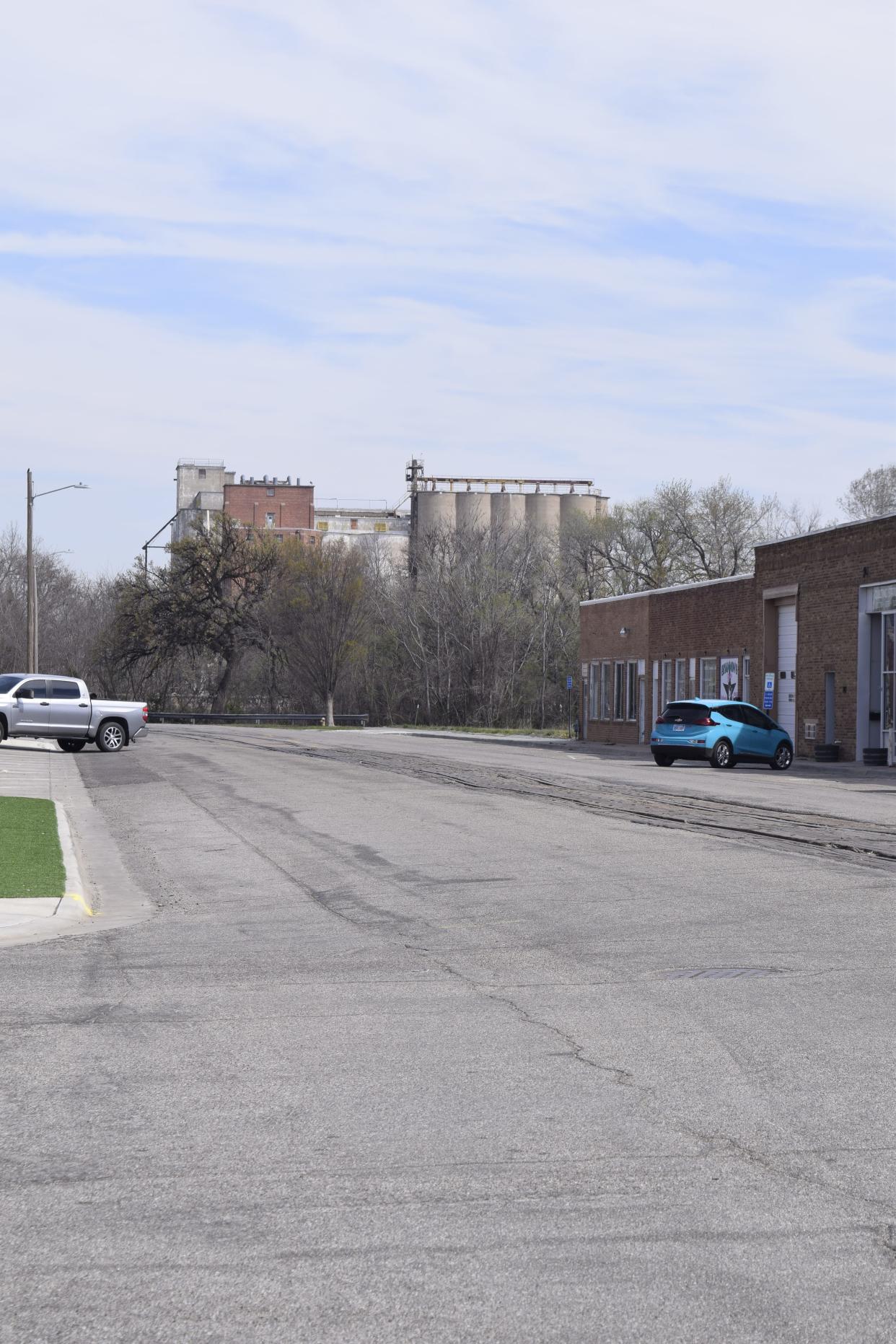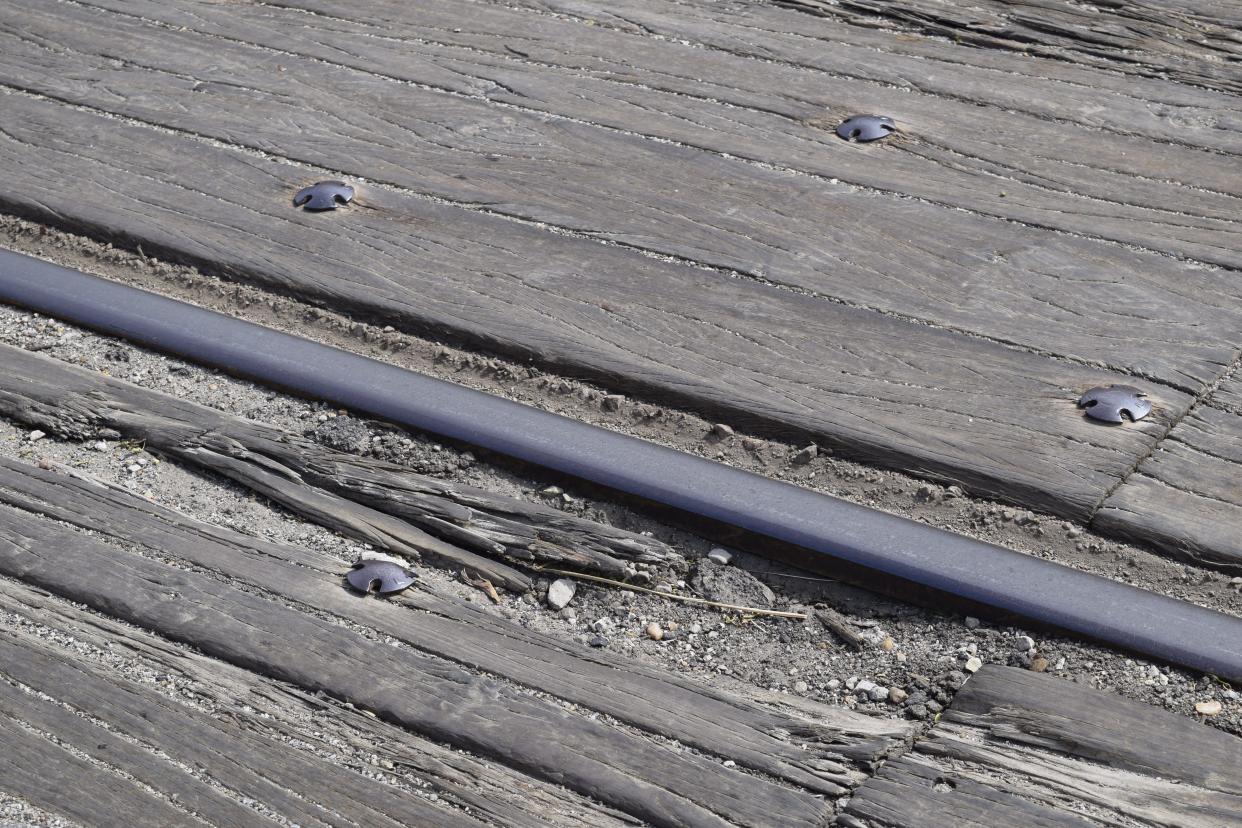Union Pacific will pay part of downtown Salina railroad crossing work. Why that's a win
Salina is spending more than $500,000 to update a large section of railroad crossing downtown.
This comes after a cost share agreement was approved by the Salina City Commission with Union Pacific Railroad (UPRR) to replace 520 feet of wooden crossing in the middle of Fourth Street, north of Walnut Street, with concrete.
The total cost of the project is $784,892, with the city paying $510,180. The fact that UPRR is paying any portion for these improvements is unique, according to Jim Teutsch, director of public works for the city.
"The primary questions that came up during the past several years is 'why does the city have to pay for these improvements or any portion thereof if this railroad?'" Teutsch said.
Teutsch said that in working with the contractor for this project and doing other research about the history of railroads in the United States, there are precedents and laws on the books about what railroads are required to fund.

"If you go back to...the 1800s, where the railroads went, cities followed, development followed," Teutsch said. "That was the premise for the federal law, which states, 'projects for at-grade crossings or grade crossing improvements are deemed to be no ascertainable net benefit to the railroads, and there shall be no required railroad share of costs.'"
According to Teutsch, though people think of projects like this as a benefit to the railroad, what they really do is make it safer, and therefore a benefit, for vehicles and pedestrians to cross the tracks.
"For that reason, federal law allows the railroads, not just UP, all the railroads, to be exempt from having to share in those costs," Teutsch said. "Typically, the railroad does not participate in a cost-share program for at-grade crossings."
Teutsch said UPRR initially told the city it was on the hook for 100% of the cost of this project, but Salina pushed back "pretty hard," with UPRR eventually agreeing to a 35% cost-share.
Why does this stretch of railroad crossing need to be replaced?

While this stretch is considered an at-grade crossing, Teutsch said it really just consists of tracks in the center of Fourth Street, surrounded by wooden ties which are in "very poor condition."
This project would replace the wooden ties in this 520-foot stretch with concrete. Teutsch said this is only one out of more than 70 street crossings of railroads in the city, including an even longer stretch along Fourth Street to the south of this project.
"The remainder of Fourth Street, if this (520 feet) project were to be approved today, is about 2,300 feet, (which would be improved) at an estimated cost of about $3.5 million," Teutsch said.
For the time being, this 520-foot section is the only one that will be replaced, and Teutsch said the city is looking at the condition of all of the more than 70 crossings, with a portion of each year's maintenance budget set aside for upgrading them.
The commission unanimously approved the $510,180, which Teutsch said would likely come from a federal fund exchange it receives from the Kansas Department of Transportation in 2025.
Work on this project is expected to take place during the construction season of 2025. The railroad will preassemble 40-foot sections for this project, making the installation process fairly quick.
"We expect it to take one to two weeks," Teutsch said.
This article originally appeared on Salina Journal: Salina spending $500K to update section of downtown railroad crossing
